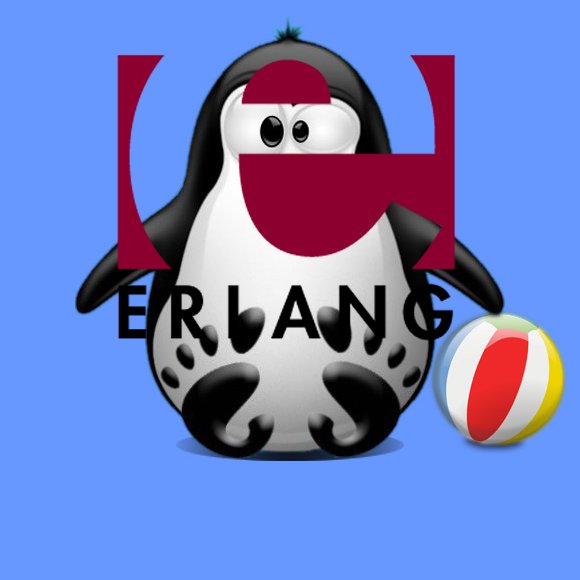GNU/Linux Erlang Get Started Hello World Example
Hi! The Tutorial shows you Step-by-Step How to Install and Getting-Started with the Erlang Programming Language with an Hello World Example for GNU/Linux Distributions.
Open Source Erlang is a Functional Programming Language designed at the Ericsson Computer Science Laboratory.
Some of Erlang main Features are:
- Clear declarative syntax and is largely free from side-effects
- Built-in support for real-time, concurrent and distributed programming
- Designed for development of robust and continuously operated programs
- Dynamic code replacement at runtime
The Erlang distribution also includes OTP (Open Telecom Platform) which provides a rich set of libraries and applications.

1. Launching Terminal
How to Quick Start with Command Line on GNU/Linux:
Contents